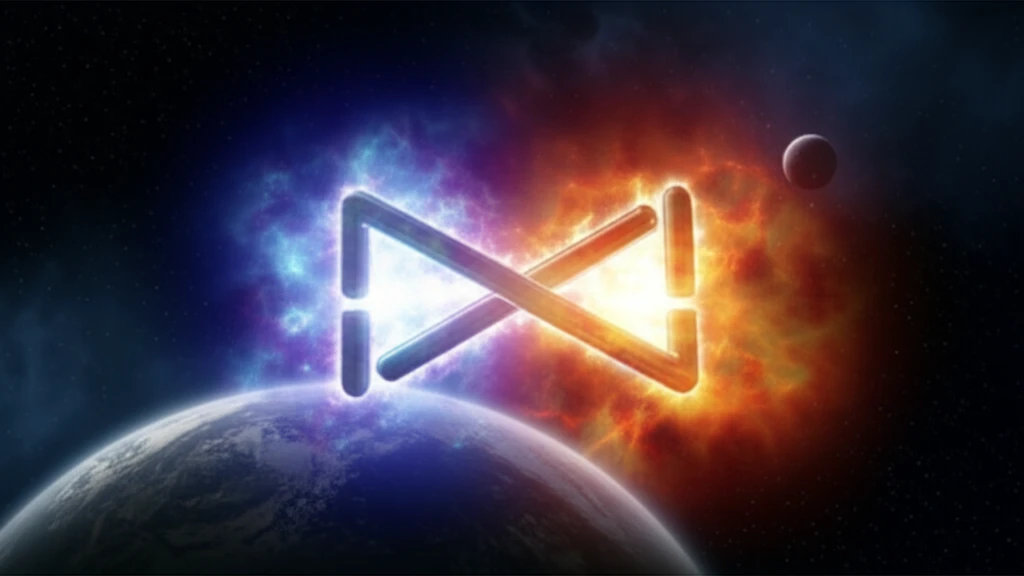
Unlocking the Secrets of Matter: What Lambda-Lambda Collisions Reveal
"Delving into the subatomic world to understand the forces that shape our universe and the potential for new states of matter."
The quest to understand the fundamental forces that govern our universe has led scientists to explore the most extreme conditions imaginable. One particularly intriguing area of research involves studying the interaction between lambda (Λ) particles, which are subatomic particles containing quarks. The way these particles interact can provide crucial insights into the behavior of matter under extreme densities and temperatures, such as those found in neutron stars or during the very first moments of the universe.
The study of Lambda-Lambda (ΛΛ) interactions is pivotal in modern nuclear physics for several compelling reasons. For instance, understanding how hyperons (particles like lambda) behave at high densities is essential for modeling the cores of neutron stars. The presence and interactions of hyperons can significantly influence the structure and properties of these celestial bodies. Moreover, the possibility of exotic multi-quark states, such as the H particle theorized by Jaffe in 1977, heavily depends on the nature of the ΛΛ interaction. Determining whether ΛΛ can form deeply bound states is thus a key question in hadron physics.
While the observation of the He double hypernucleus and its decay ruled out the possibility of extremely tightly bound ΛΛ states, it did highlight a weakly attractive interaction between the particles. Recent experiments at the Relativistic Heavy Ion Collider (RHIC) have opened new avenues for exploring these interactions. By colliding heavy ions at near-light speeds, scientists can create conditions that mimic the early universe, allowing them to study the behavior of matter at its most fundamental level.
How Do Scientists Recreate Early Universe Conditions?

To study these interactions, scientists use powerful facilities like the Relativistic Heavy Ion Collider (RHIC), where heavy ions are accelerated to tremendous speeds and smashed together. These collisions generate a superhot, superdense state of matter known as quark-gluon plasma, which is believed to have existed shortly after the Big Bang. Within this plasma, particles like lambda are created, and their interactions can be observed and measured.
- Expanding Source Model: Scientists use models that simulate the expansion of the hot, dense matter created in heavy-ion collisions. This helps them disentangle the effects of the collective expansion from the actual interaction between the lambda particles.
- Feed-Down Correction: Some lambda particles come from the decay of heavier particles. This “feed-down” effect needs to be accounted for to accurately determine the true ΛΛ correlation.
- Scattering Length: This parameter quantifies the strength of the interaction at low energies. Recent data from RHIC suggests a weakly attractive interaction, indicated by a negative scattering length.
What Does This Mean for the Future of Physics?
These findings have implications for our understanding of neutron stars, where the presence of hyperons like lambda can influence the star's structure and behavior. Further research and more precise measurements will be needed to fully characterize the ΛΛ interaction and its consequences for the broader field of nuclear physics. By continuing to probe the fundamental interactions between particles, scientists hope to unlock even more secrets of matter and the forces that shape our universe.
